Ever since the first keyboard QK65, Qwertykeys is slowly checking off each layout in the custom mechanical keyboard scene, with the next debutant being the new QK100. The QK100 offers a 1800 layout, otherwise known as 96% keyboard. You have almost all the keys of a 100% except for the pause and scroll lock, making it a viable option for an office keyboard. As with all Qwertykeys keyboard, you still get insane value for your dollar.
From 1 to 12 July only
The QK100 case itself starts at S$174 or all the way up to S$273. PCB ranges between S$66 (solder) to S$94 (tri-mode), plate ranges from S$36 to S$45 (carbon fiber), and lastly the badge goes for S$18. All in, the full kit of the QK100 will cost anywhere between S$294 all the way to S$430.
Tech specs
| Dimensions | 400mm x 135.7mm x 35mm |
| Front Height | 18mm without feet |
| Angle | 8.0° |
| Weight | Alu weight unbuilt ~1.7kg Alu weight built ~1.9kg Stainless steel weight built ~2.3kg |
| Plate options | FR4 / PC / POM / Aluminium / Carbon Fiber |
| PCB options | Wired Non-flex cut ANSI Hotswap PCB – Per-key RGB – Split/2u backspace – Stepped/regular Caps Lock Tri-mode ANSI Hotswap PCB (with Flex cuts) – Split/2u backspace – Stepped/regular Caps Lock Tri-mode Non-flex cut ANSI Hotswap PCB – Split/2u backspace – Stepped/regular Caps Lock Tri-mode Non-flex cut ISO Hotswap PCB – Split/2u backspace – Stepped/regular Caps Lock – Split/regular R-shift – ISO Enter only Solder Non-flex cut PCB* – Split/2u backspace – Stepped/regular Caps Lock – Split/regular R-shift – Regular/ISO Enter – 2u/regular top right function row *wired/solder PCBs do not support screen |
| Software | Tri-mode PCB: QK’s proprietary software – QK Config Wired: VIA with .json until it’s merged VIAL compatible Powered by QMK |
Unboxing
Here is what you’d get in the QK100 kit:
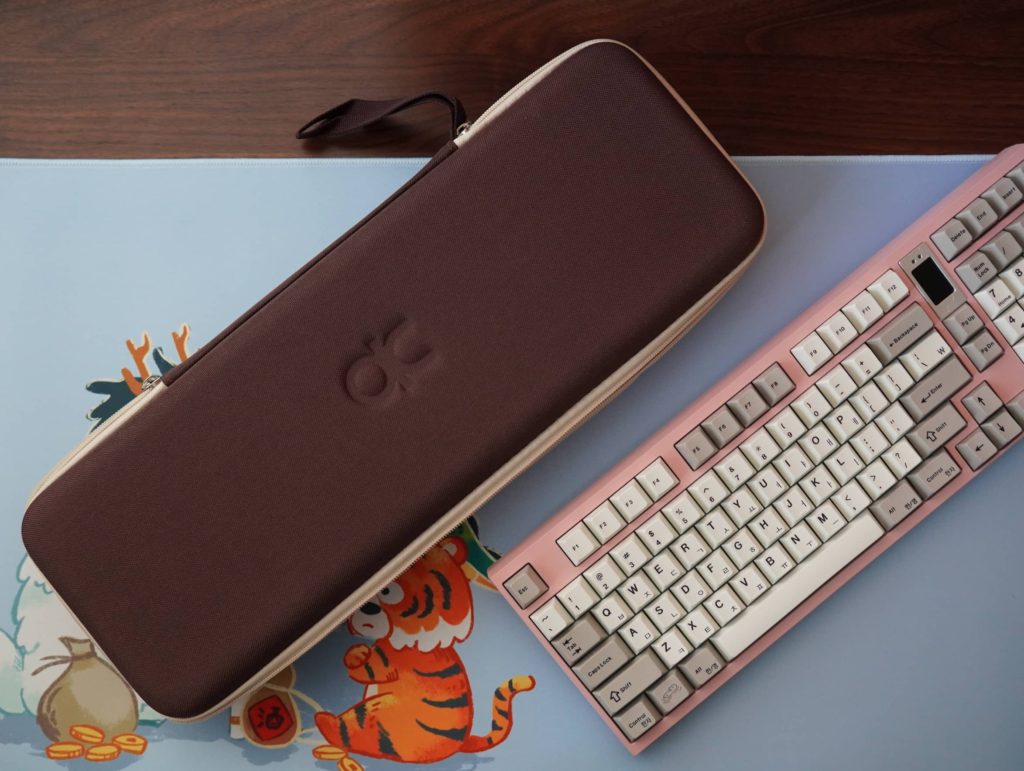
- Top Case + Bottom Case
- Including one pre-installed external weight and one pre-installed internal weight
- Two 2200 mAh batteries will be installed inside of the bottom case for orders with Tri-mode PCBs
- Orders with wired PCBs will receive fillers for the battery compartments
- PCB Kit
- PCB of your choice
- PE sheet
- PCB Foam
- Tri-mode PCB
- 2.4Ghz dongle
- Screen Bezel of your choice
- Screen
- Screen FPC cable
- or Wired PCB
- Plate of Your Choice
- Poron Case Foam
- Daughterboard & JST Cable – installed
- Silicone Gaskets
- Rubber feet
- Screw bag
- Free Gifts (Not covered by warranty):
- A set of 100% Owlstab v2
- Keyboard protective case
- Screwdriver
- Switch puller
- Keycap puller
- Coiled USB-C cable
Build quality and design
Like all QK boards, the QK100 comes in a CNC aluminium case which has a smooth and nice matte texture to it. You have up to 12 colour options for the case, 7 of which are e-coated, while the remaining 5 are anodised. The unit I have is the Pink e-coated model, which is on the warmer side of pink compared to the lighter shade in the renders.
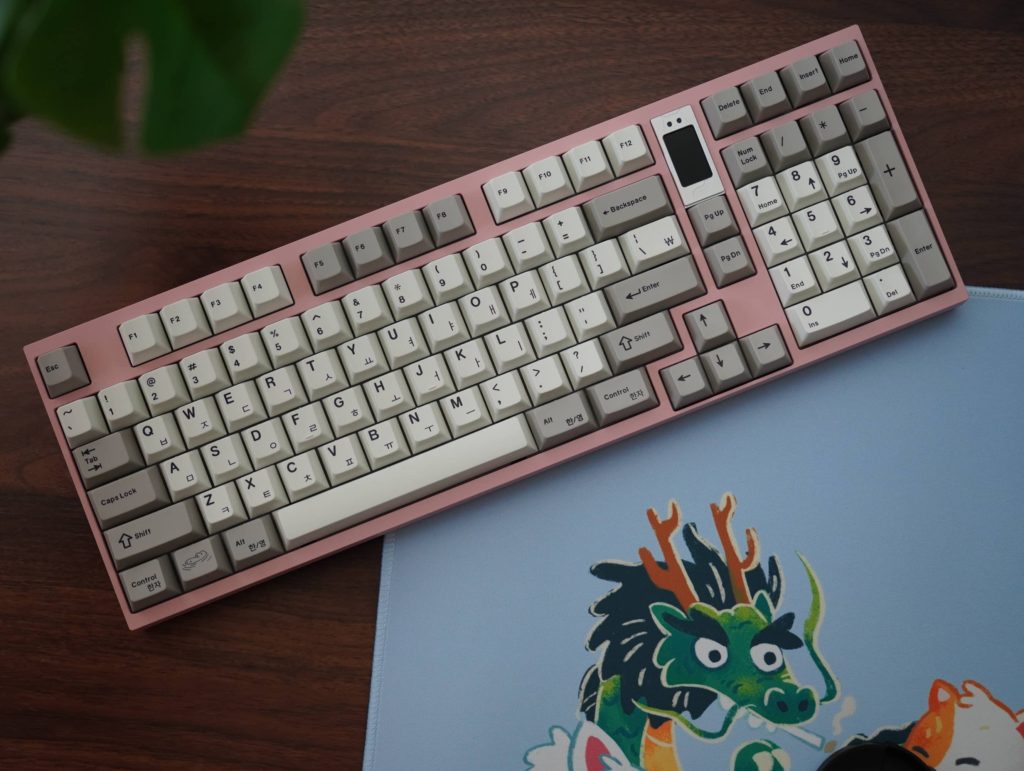
Unlike the QK65, the QK100 has a little more going on with its side profile. There is a subtle line that adds visual division on the top case, along with gentle curves at the edges of the angled base to give it a layered look. It is amazing to see this level of detail on an entry-level keyboard, and it’s starting to make my Owlab Mr. Suit look a little boring.
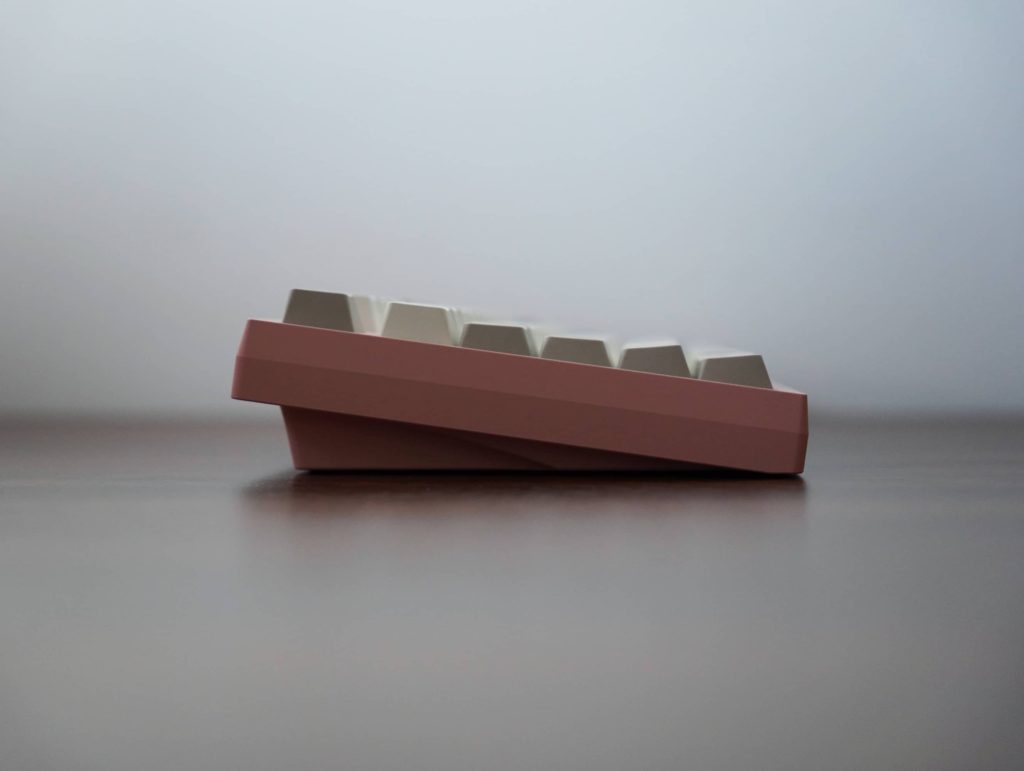
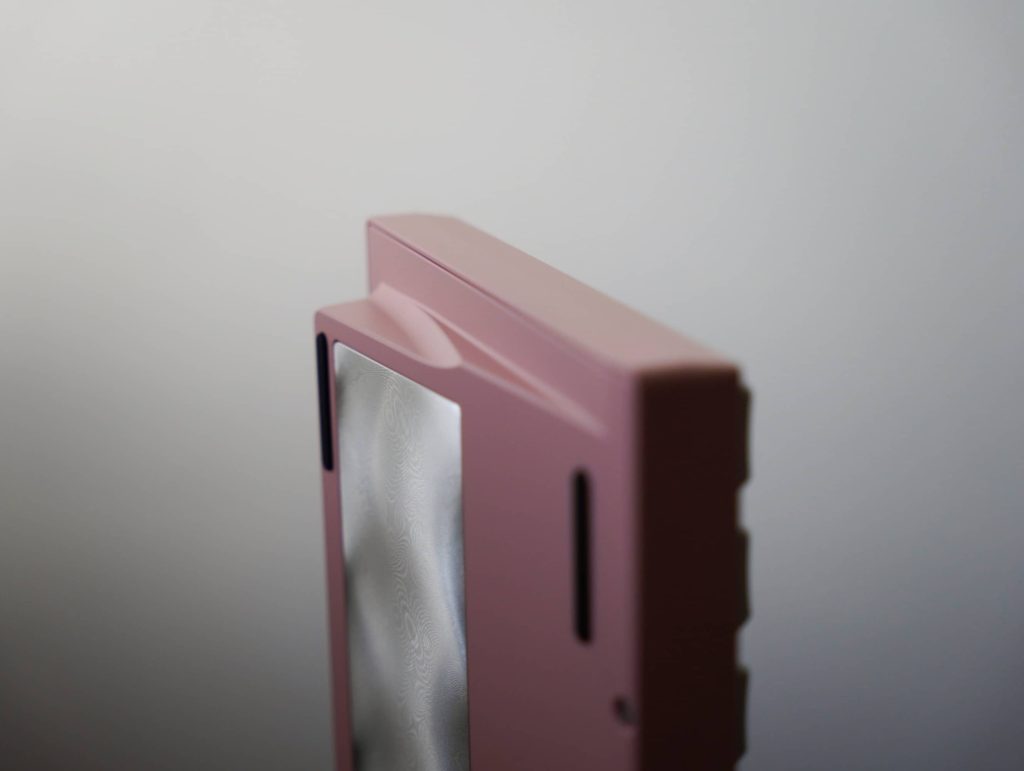
As for build quality, you can expect high quality aluminium with keen attention to detail. There aren’t really parts in the case which I’d classify as inferior. Everything looks thought out and designed for a purpose. Even the internal weight has a camping theme engraved on it.
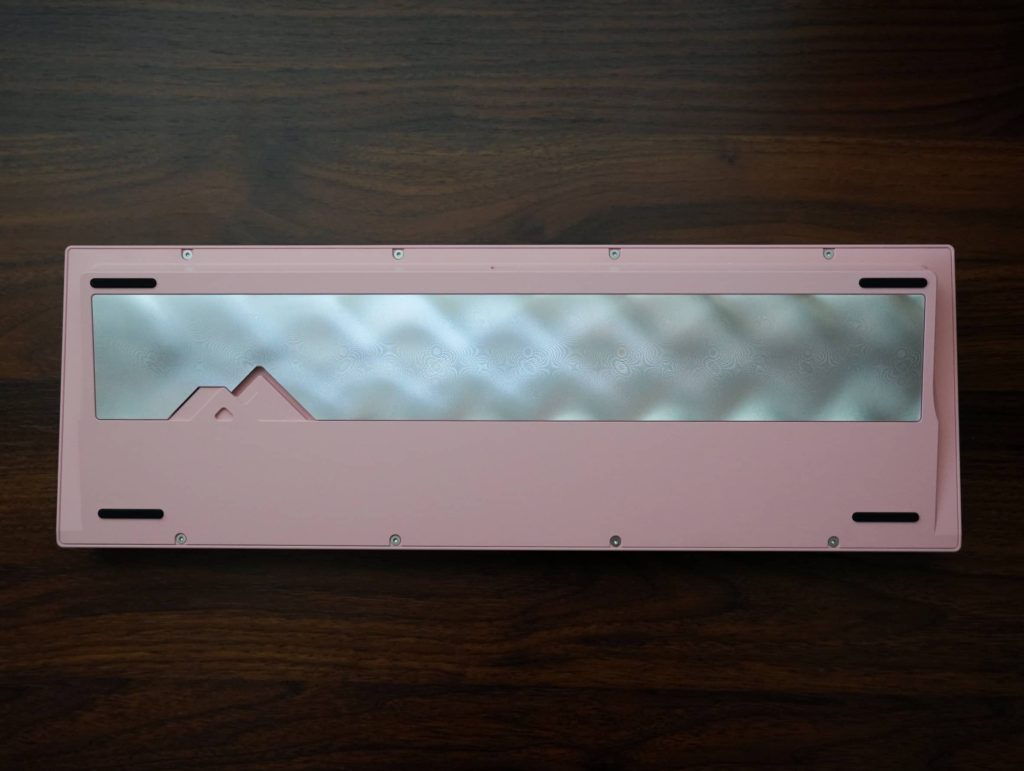
And when it comes to the back weight, you also get up to 12 options to choose from. You have 5 main types of weight – (1) anodised aluminium, (2) e-coated aluminium, (3) ice crystal aluminium, (4) synth aluminium, and lastly (5) mirror PVD stainless steel. The unit I have is the synth weight in silver colour, which offers a unique texture that changes with your viewing angle. The back weight incorporates a camping theme, represented by a mountain-shaped pattern on the bottom left section.
Typing acoustics & experience
I guess flex cuts are no longer as hyped as before and Qwertykeys probably knows that, which is why they included two main types of PCB – (1) non-flex cut, and (2) flex cut (per key). The PCB in this build is the Tri-mode Non-flex cut ANSI Hotswap PCB. Choosing your ideal PCB is a balance between sound and flex. If you want more sound then go with the non-flex cut, and if you prioritise a soft typing experience then go for the non-flex cut PCB. Personally, I found the non-flex cut PCB with top mount to still offer a good amount of bounce when typing.
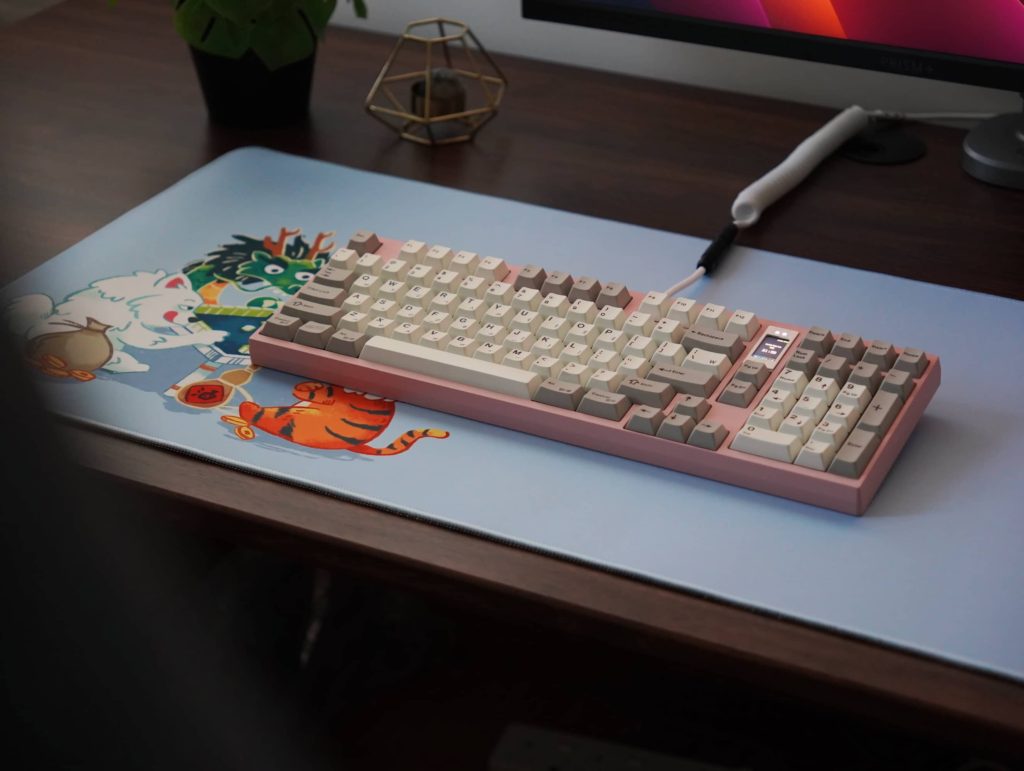
Do note that both types of PCB are 1.2mm thick. And if you go with the tri-mode PCB (wireless version), you have to use the QK configurator to customise keys, while the wired PCB will support VIA.
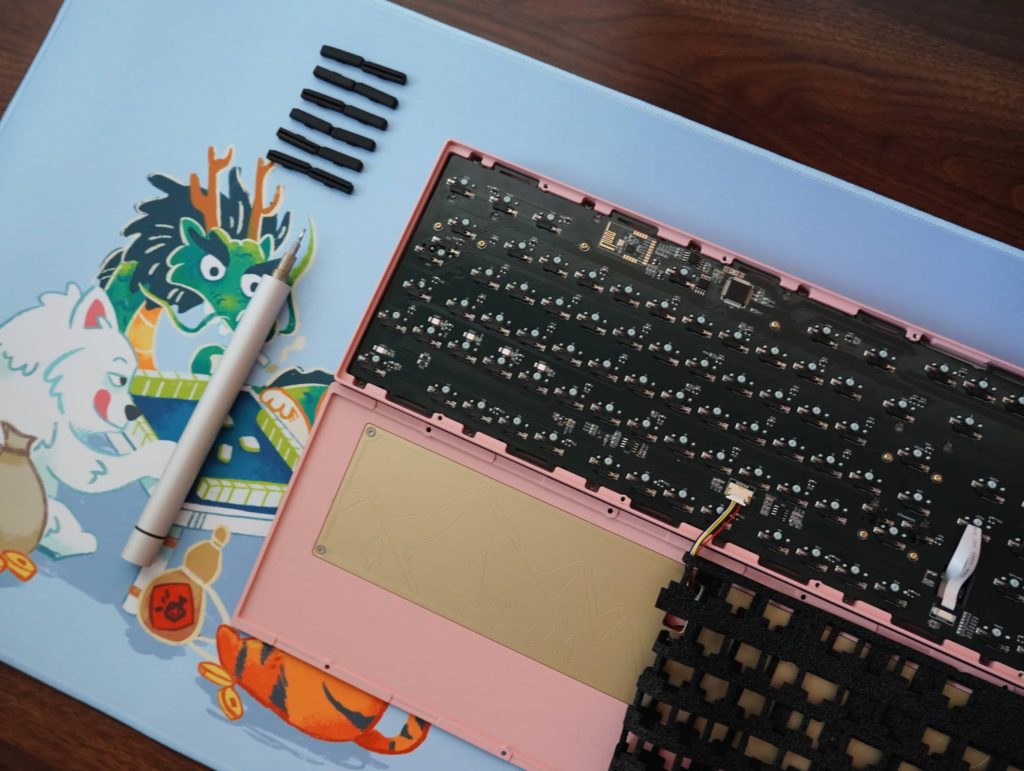
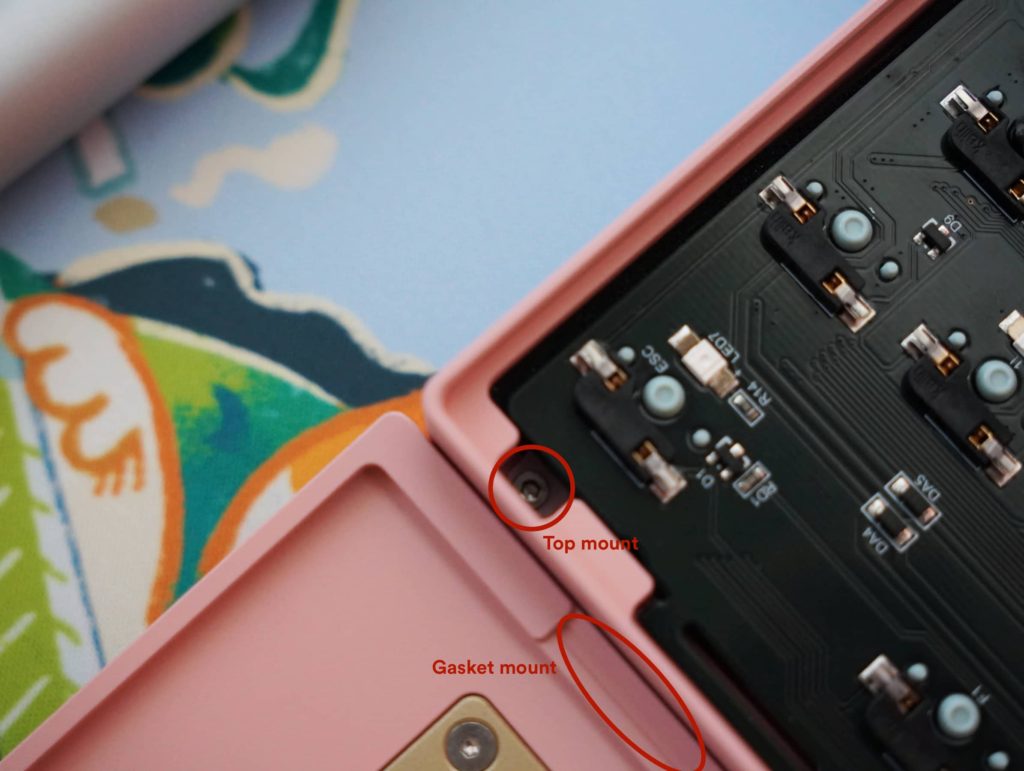
Another unique feature of the QK100 is the option to build it either (1) top mount, or (2) gasket mount. For top mount, you can even choose not to use all 14 screw points. Using different number and positioning of screws can offer a different typing feedback. Even for gasket mount, the silicon gaskets that Qwertykeys provide have two different levels of hardness. Personally, I’d go for top mounting on the QK100 as I was a little bored of gasket mounting every single keyboard.
The build I had on the QK100 is top mounted, with specs listed below. The result is one with an overall sound profile which is lower pitched and loud. I liked how the top-mount provided a fuller sound, with the spacebar sounding more weighty than that of a gasket mount. The use of PBT keycaps further helps to sell that thocc.
- Non-flex cut PCB; POM plate, All foams
- Owlab London Fog Linear Switch (Long-pole)
- CRP Black Hangul PBT Keycaps
Qwertykeys is known for having foams as part of their build. And the choice is really yours on whether you want to add the included foams or not. I found that having the foams helps to round out the overall sound, and offers that signature Owlab sound. Unlike the QK65, I found that the QK100 does not suffer from hollowness without use of case foam. The case foam provided with the QK100 has a different feel compared to that of the QK65 – it is more porous so it allows more sound to pass through it. So if you are afraid that adding case foam would dampen the volume, this new foam is different.
Onboard LCD Screen / Badge
If you decide to go with a wired PCB, you will not have a LCD screen but will instead have a wired badge of 4 colours to choose form. Choosing the wireless PCB will grant you option of choosing up to 3 different designs and 4 different colours for the bezel. The one I had one my unit is the Meow in silver anodised.

The LCD screen can display various content such as date & time, battery level, Bluetooth/wireless connection status, and even GIFs and images. You’d have to use QK’s proprietary software – QK Config to access some of the built-in GIFs or you can also upload your own GIFs and images. There is also a matrix GIF that changes based on your typing speed.
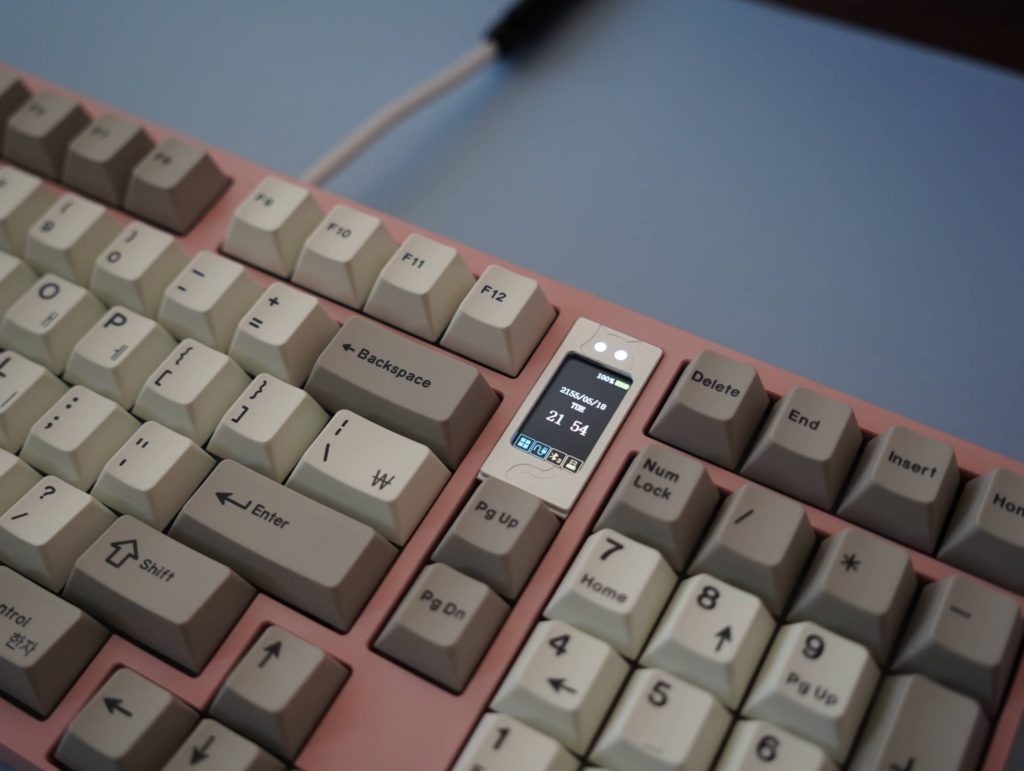
Conclusion
Since the release of the QK65, Qwertykeys has made so many improvements to their premium budget board series and they are all reflected in the latest QK100. The QK100 feels way more refined compared to the first iteration – the backweight, side profile, mounting options, and LCD screen just goes to show the level of detail that Qwertykeys put in to not just offer a nice looking aluminium rectangle, but instead a keyboard that punches way above its weight.
The plethora of customisability offered for this keyboard at its starting price of a full kit at S$294 is really a solid bargain is truly solid value for your dollar. If you are interested in the QK100 and reside in Singapore, you can join the group buy on qwertyqop.

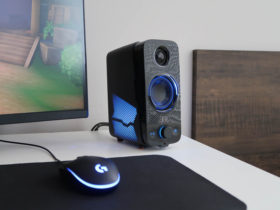
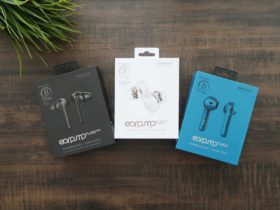
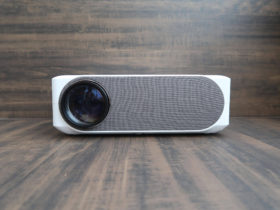
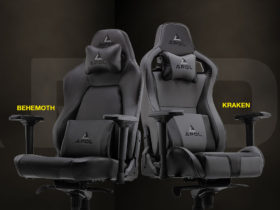
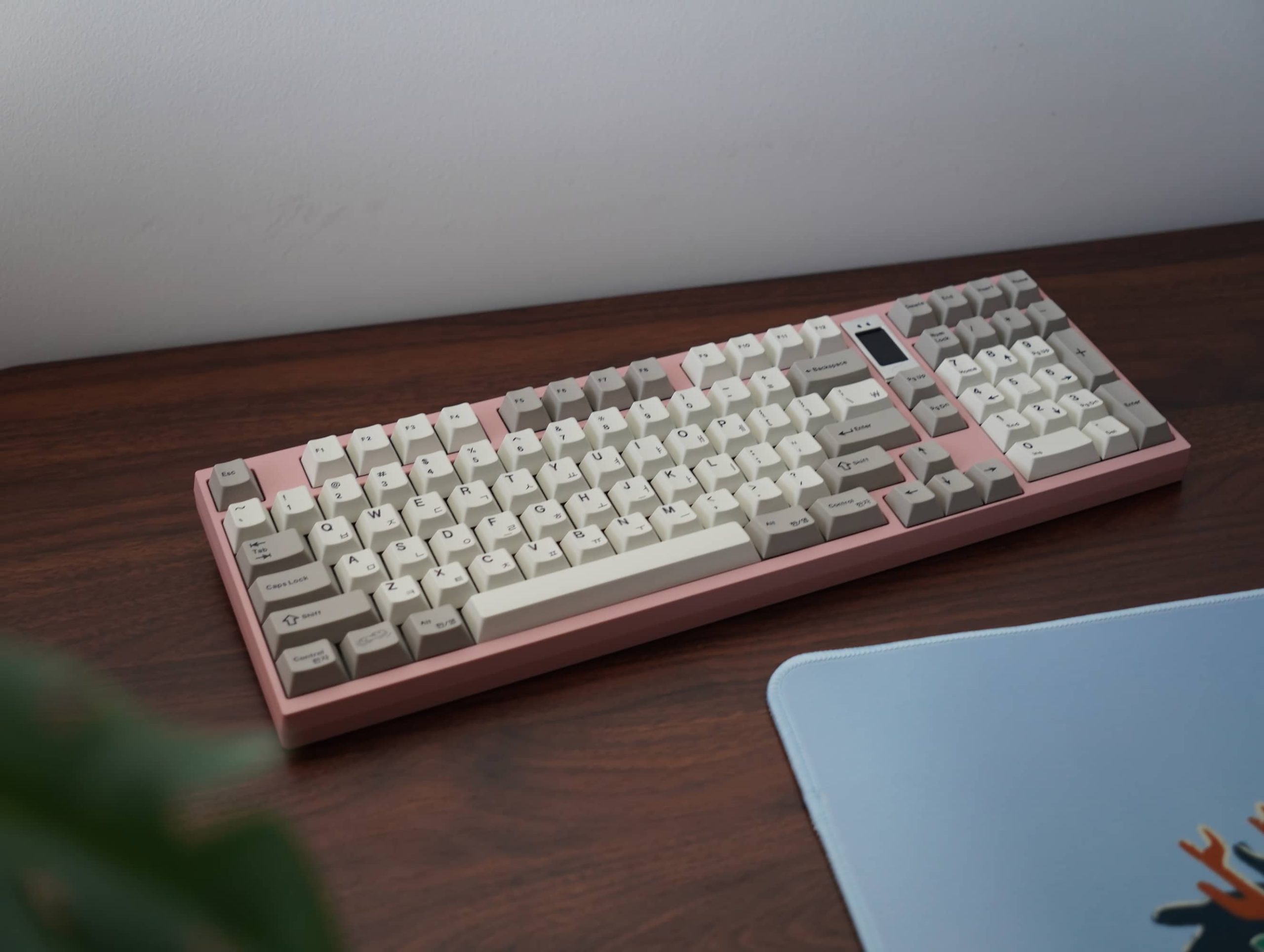
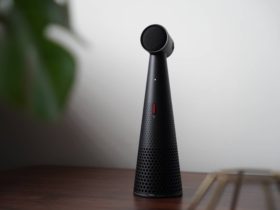



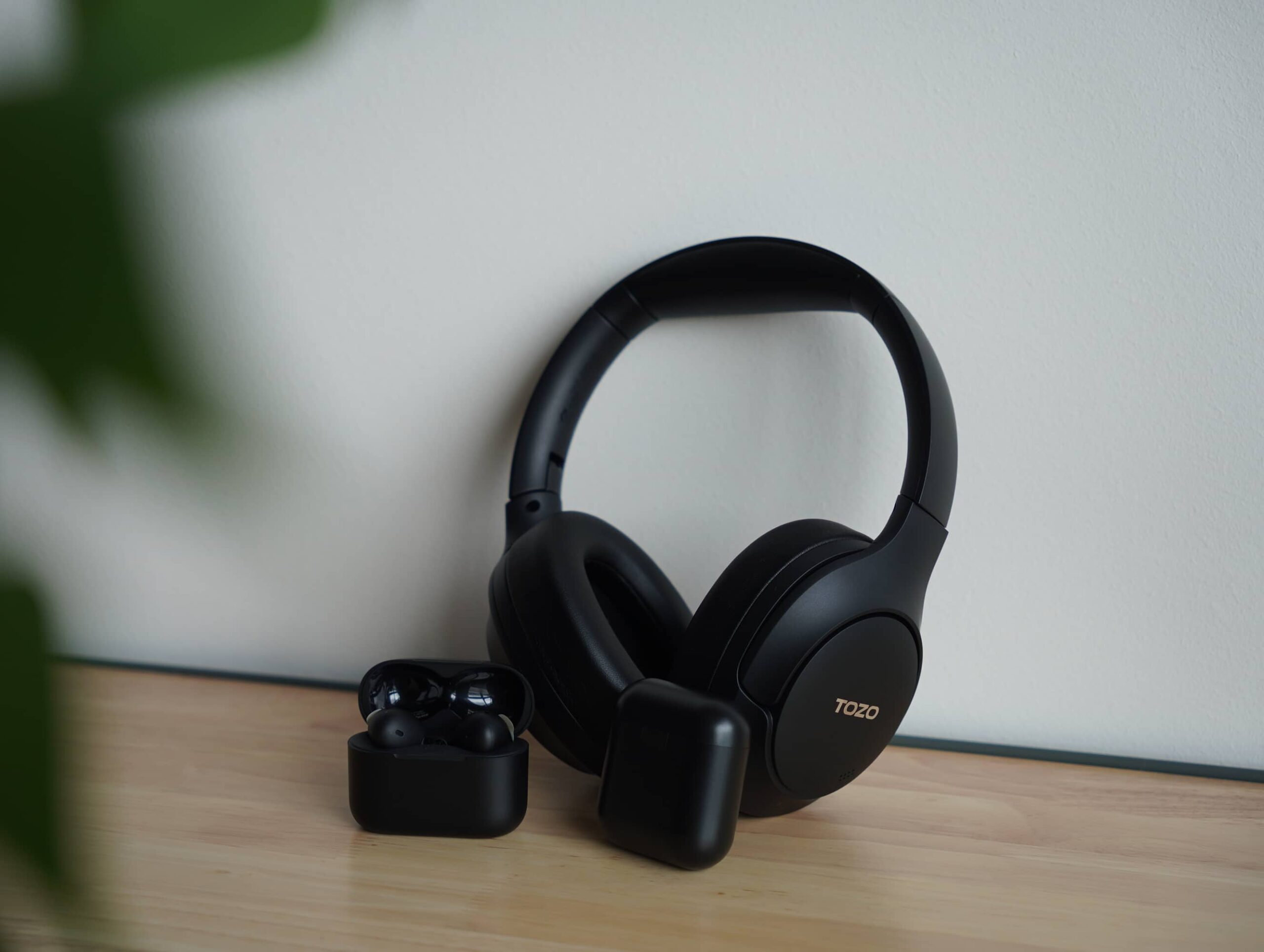
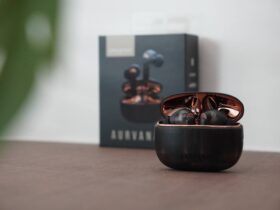
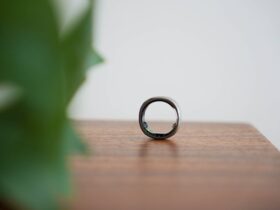
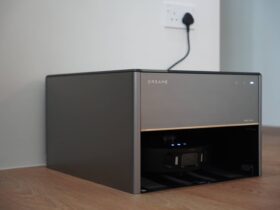
Leave a Reply